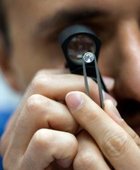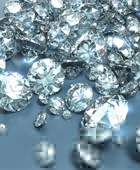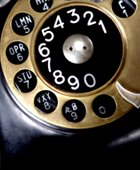In the world of diamond sales and marketing, high-quality photography is an indispensable tool. Diamonds are unique in their ability to refract light and display an array of brilliant colors through the phenomenon known as fire and scintillation. However, capturing these intricate details in a photograph is a complex task that requires technical skill, specialized equipment, and a deep understanding of how light interacts with a diamond’s facets. In e-commerce and luxury branding, where customers often make purchasing decisions based on images alone, the quality of diamond photography can make or break a sale. The right photograph should not only highlight the diamond’s cut, clarity, and color but also evoke a sense of desirability and prestige. This article explores the fundamental principles of diamond photography, the necessary equipment, lighting techniques, and best practices for achieving professional-quality images that enhance marketing efforts.
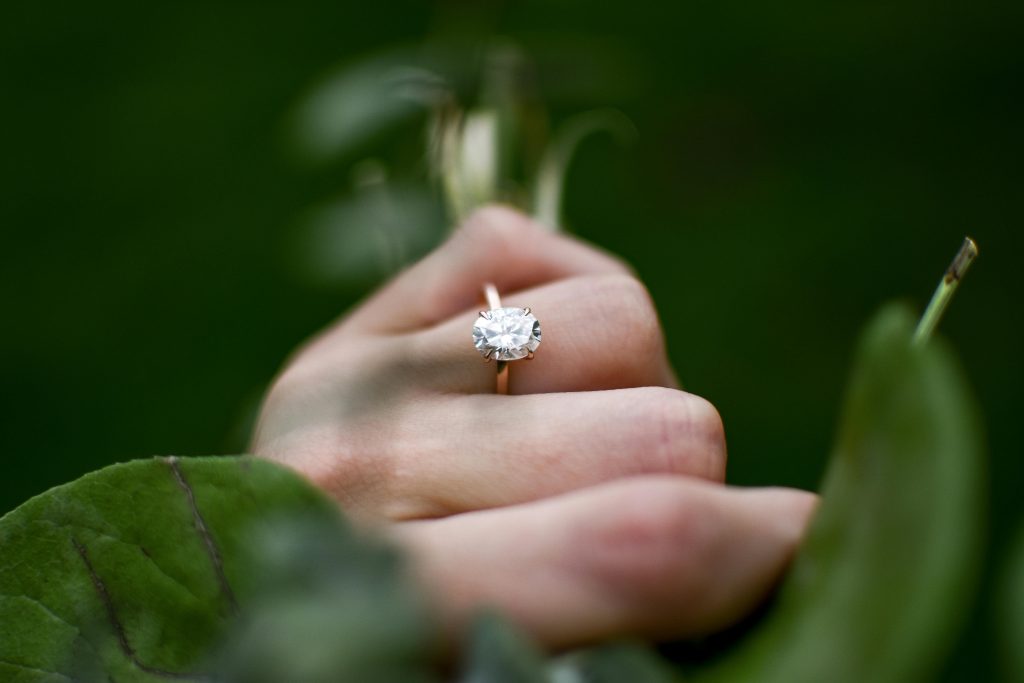
Understanding the Challenges of Diamond Photography
Photographing diamonds presents a unique set of challenges that distinguish it from other types of product photography. One of the biggest difficulties is capturing the sparkle and brilliance that diamonds exhibit in real life. Diamonds rely on external light sources to reflect and refract light, creating the dazzling effect that makes them so valuable. However, standard photography techniques often fail to replicate this natural beauty. Another challenge is controlling reflections. Diamonds act like tiny mirrors, reflecting anything around them, including the photographer, camera, and unwanted background elements. Additionally, achieving accurate color representation is crucial, as color grading in diamonds can significantly impact their value. The camera’s sensor may struggle to capture subtle differences between a D-color (colorless) diamond and a G-color diamond, leading to inaccurate representations in photographs. Finally, the high magnification required to capture intricate details such as inclusions, facet patterns, and polish quality can introduce focus and depth-of-field issues. Overcoming these challenges requires not only technical expertise but also an understanding of diamond properties and photography principles.
Essential Equipment for Diamond Photography
To capture high-quality images of diamonds, specialized equipment is required. A DSLR or mirrorless camera with a macro lens is essential for achieving high-resolution close-up shots. A macro lens with a focal length of 90mm to 105mm is recommended, as it allows for extreme detail while maintaining an appropriate working distance. Additionally, using a tripod is crucial to minimize camera shake and maintain consistent framing. A focus-stacking system can also be beneficial, as it helps achieve greater depth of field by combining multiple images taken at different focus points. Lighting is another critical aspect of diamond photography. A lightbox or a controlled lighting setup with diffusers and reflectors can help eliminate unwanted shadows and enhance the diamond’s brilliance. Many professional photographers use LED lights with adjustable intensity to mimic natural daylight and create the optimal conditions for light dispersion. Another essential tool is a polarization filter, which helps control reflections and glare, especially when shooting diamonds set in jewelry. A turntable is also useful for creating 360-degree product images, an increasingly popular feature in online diamond retail. By investing in the right equipment, photographers can significantly improve the quality and accuracy of diamond images, ultimately increasing their effectiveness in marketing and sales.
Lighting Techniques to Enhance Diamond Brilliance
Lighting plays a crucial role in diamond photography, as it directly influences how the stone’s fire, brilliance, and scintillation are captured. One of the most effective lighting setups involves a combination of diffused and direct lighting. Diffused lighting helps minimize harsh reflections and evenly illuminates the diamond, while direct lighting enhances sparkle by creating points of contrast. Softbox lights or LED panels with diffusion screens are often used to provide a soft, even glow that prevents overexposure. Positioning lights at different angles can also affect how light interacts with the diamond’s facets. A three-point lighting setup, consisting of a key light, fill light, and backlight, is commonly used to create a balanced composition. The key light, positioned above or slightly to the side, serves as the primary light source, while the fill light helps reduce shadows and highlight details. A backlight or rim light is often used to enhance the diamond’s edge definition and add depth to the image. Some photographers use a darkfield illumination technique, where the background is kept dark while light is reflected through the diamond, emphasizing its internal brilliance. Experimenting with different light intensities and angles allows photographers to capture the diamond’s most striking visual characteristics, making it appear as vibrant and eye-catching as possible.
Background and Composition: Creating an Appealing Presentation
The background and composition of a diamond photograph play a vital role in shaping the viewer’s perception of the product. A clean, uncluttered background is generally preferred, as it directs full attention to the diamond without distractions. White or black backgrounds are the most commonly used, with white providing a classic and bright aesthetic, while black enhances contrast and gives a more dramatic, high-end look. Some jewelers prefer gradient backgrounds or soft-focus textures to add visual interest while maintaining a professional feel. Reflections and shadows should be carefully controlled to avoid overpowering the diamond’s natural brilliance. Composition techniques such as the rule of thirds or symmetrical framing can help create visually pleasing images. Macro photography allows for extreme close-ups of diamond facets, capturing the intricate details that make each stone unique. However, photographers must be careful with focus and depth of field—shallow depth can emphasize a diamond’s fire and brilliance, while a deeper depth ensures more of the stone remains in focus. In marketing applications, lifestyle photography can also be effective, showing diamonds worn on a model’s hand or as part of a jewelry set. This helps potential buyers envision the diamond in a real-world context, increasing its appeal. By paying attention to background, composition, and presentation, photographers can create captivating images that enhance the perceived value of a diamond.
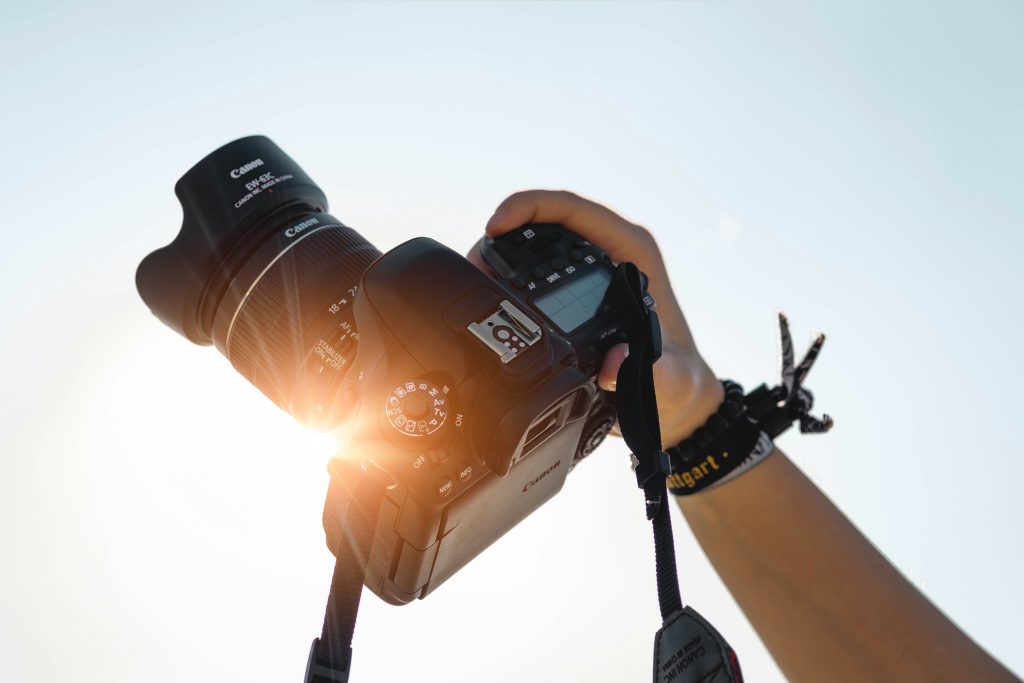
Camera Settings and Techniques for Optimal Diamond Photography
Achieving stunning diamond images requires precise control over camera settings. One of the most crucial settings is aperture, which determines the depth of field. A smaller aperture (higher f-stop, such as f/8 to f/16) ensures that more of the diamond remains in sharp focus, capturing intricate facet details. However, using too high an f-stop can reduce light intake, requiring adjustments in ISO or shutter speed. Speaking of ISO, a lower ISO (typically 100-200) is preferred to minimize digital noise and ensure clarity. A slower shutter speed is often necessary to compensate for the lower ISO, which is why a sturdy tripod is essential to prevent camera shake.
Another key setting is white balance, which ensures accurate color representation. Diamonds can take on different hues depending on the lighting environment, and incorrect white balance settings can distort their natural color. Using a custom white balance or adjusting it manually in post-processing helps maintain accuracy. Shooting in RAW format is highly recommended, as it provides greater flexibility in post-production without sacrificing image quality. Additionally, focus stacking—a technique where multiple images are captured at different focus points and then combined—can be beneficial for ensuring sharpness across the entire diamond. Mastering these camera settings allows photographers to produce images that reflect the diamond’s true brilliance and enhance its marketability.
Post-Processing: Enhancing Diamond Images Without Misrepresentation
While capturing high-quality images is the first step, post-processing is equally important in refining diamond photographs. Editing software such as Adobe Photoshop or Lightroom is commonly used to adjust exposure, contrast, sharpness, and color balance. One of the most delicate aspects of editing diamond images is enhancing brilliance without misrepresenting the product. Over-processing can create an unrealistic appearance, misleading potential buyers and harming a brand’s credibility. Instead, subtle adjustments should be made to enhance the diamond’s natural sparkle while maintaining authenticity.
Color correction is another critical aspect, ensuring that the diamond’s true hue is accurately represented. Some diamonds may appear slightly yellowish under certain lighting conditions, and slight adjustments in the white balance or color curves can restore a neutral tone. Clarity enhancement may also be necessary, particularly for macro images where small dust particles or imperfections become visible. However, photographers should avoid excessive retouching that removes natural inclusions, as this can mislead buyers about the stone’s actual quality. Background cleaning and sharpening techniques can further refine the final image, ensuring it is polished yet realistic. When done correctly, post-processing enhances a diamond’s visual appeal while preserving its authenticity, making the image more effective for marketing and sales.
Videography and 360-Degree Imaging: The Future of Diamond Marketing
In addition to high-quality still photography, videography and 360-degree imaging are becoming essential tools in diamond marketing. While photos provide a static representation, videos capture the full effect of a diamond’s sparkle, brilliance, and movement. A well-produced video allows potential buyers to see how a diamond interacts with light in real time, providing a more immersive experience. This is particularly beneficial for online retailers, where customers cannot physically inspect the diamond before purchasing.
360-degree imaging takes this concept further by enabling users to rotate and examine the diamond from multiple angles. This is achieved using specialized turntables and cameras that capture images from all perspectives, which are then stitched together using software. Some retailers also implement augmented reality (AR) technology, allowing customers to virtually “try on” diamonds before making a purchase. As digital sales continue to grow, integrating videography and interactive imaging into marketing strategies can significantly improve consumer engagement and confidence in their purchasing decisions.
Branding and Storytelling Through Diamond Photography
Beyond technical precision, effective diamond photography is also about storytelling. Luxury brands use high-quality imagery to evoke emotions and create a sense of exclusivity. The way a diamond is presented in marketing materials can influence consumer perceptions of value, quality, and desirability. For example, a solitaire diamond placed on a velvet background conveys elegance and sophistication, while an engagement ring showcased in a romantic setting appeals to emotions associated with love and commitment.
Luxury brands also use photography to establish a signature visual style. Consistent lighting, composition, and editing techniques help create a recognizable brand identity, making their diamonds instantly distinguishable from competitors. Some companies invest in artistic photography that blends diamonds with unique elements such as nature, high fashion, or cultural themes, further enhancing their storytelling approach. By aligning diamond photography with a brand’s identity and marketing message, businesses can create a compelling visual narrative that resonates with their target audience and strengthens brand loyalty.
Conclusion: The Art and Science of Diamond Photography
Mastering the art of diamond photography requires a combination of technical expertise, specialized equipment, and a keen eye for detail. From understanding how light interacts with diamonds to selecting the right camera settings, lighting techniques, and post-processing methods, every step plays a crucial role in capturing the true essence of a diamond. As online sales and digital marketing continue to dominate the jewelry industry, high-quality diamond photography has become more critical than ever in influencing purchasing decisions. By investing in professional photography techniques and embracing new innovations such as 360-degree imaging and videography, jewelers and marketers can enhance their sales strategies and provide customers with a visually compelling shopping experience. Ultimately, diamond photography is not just about taking pictures—it is about creating images that communicate the brilliance, luxury, and timeless beauty of one of the world’s most precious gemstones.


